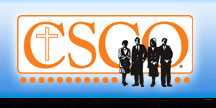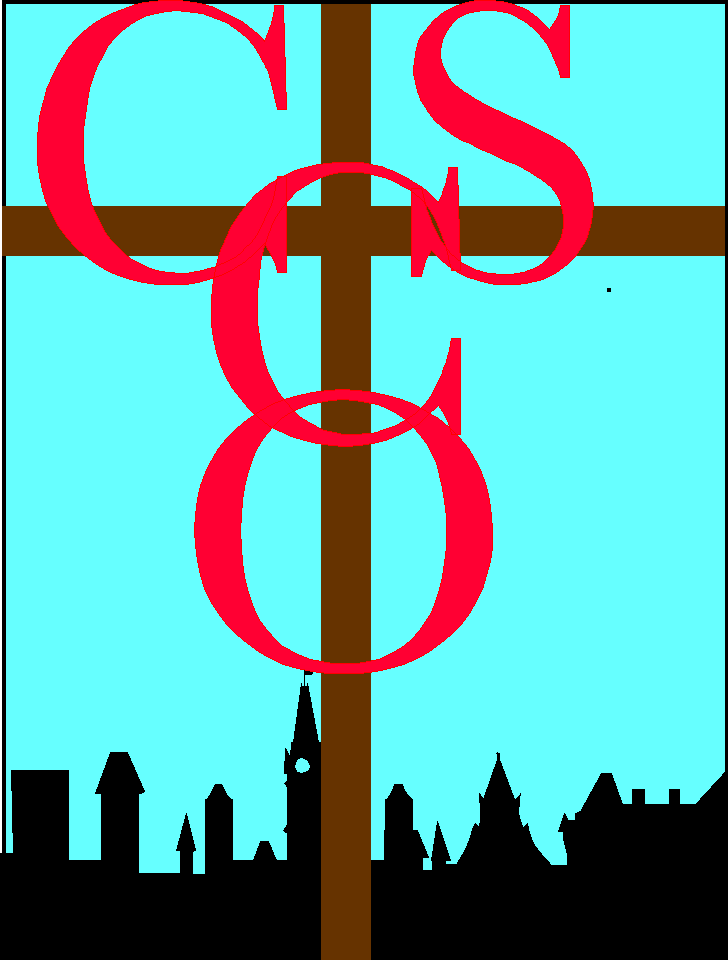 |
| Organizing |
 |
Community
Organization Theory
"All these disciplines (“broad-based
organizing”, “faith-based organizing” or “church-based organizing)
”have certain primary theories in common, as follows:
- The World As It Should Be – One cannot bring
about profound change in a society unless one is clear about the kind
of society toward which one wishes to work.
The world as it should be is posited by community organizing as
a relational culture practicing a politics of justice, an economics of
equitable distribution of wealth so that poverty is eliminated and an
environment of sustainability.
- The World As It Is – One also can’t bring
about change unless one has an accurate, even brutal analysis of
society as it currently is. Organizing
posits a present world of political, economic and social systems
exercising unilateral power that results in the practice of a politics
of oppression, an economics of exploitation and a culture of control
that is designed to serve the self-interests of the systems and to
maintain them in power.
- The Task of Organizing is to Build Power –
The chief objective is for people without power to build and
demonstrate their power in such a way that they will be taken
seriously by the political, economic and cultural controllers of power
who will choose to enter into good faith negotiations with the people
out of their own enlightened self-interest
- Power is the Capacity, Ability and Willingness to
Act – “Capacity” means having the resources at one’s
disposal to act. “Ability”
means having the skill, aptitude and competence to act.
“Willingness” means having the desire and commitment to
act. All three are
necessary components of building and sustaining power. – whether
that power is unilateral, controlling and dominating in nature or
whether it is relational, shared and full of trust.
- People Power is Built on Relationships –
Unless confronted to change, economic, political and cultural power
actors will exercise unilateral power (that is, “power over”,
“power down upon”) that is backed up by laws, force exercised
through police and the military, economic arrangements and pressures
and cultural norms and conventions that were created by those
unilateral power actors to maintain themselves and their heirs in
power; the only kind of power that can oppose unilateral power without
creating warfare or revolution is relational power, painstakingly
built upon the trust created over years of
sharing together in the struggle to make life just.
- All Organizing is Reorganizing – The world is
already clearly organized by those in power for their advantage; the
organizing task of the people through relational power is to
reorganize the way power is exercised.
Such “reorganizing” goes on constantly, because every
organizing effort will inevitably seek to serve its own ends to the
exclusion of other claims. Therefore,
those exercising power must do “actions” not only upon the
establishment but also upon themselves and each other.
- The Action Is in the Reaction – The objective
of any action conducted by the people is to get a reaction from the
systems or the people with which they are dealing.
It is to place a demand before the systems, each other or
one’s self that requires a response.
How that person, group or system reacts and responds determines
the next step the organizing effort will take.
- Power Precedes Program – Most Christian
ministries and secular institutions assume power is built through
programming. Nothing is
further from the truth. Programming
uses up, depletes and exhausts people.
If one carefully builds the power of the people first by
organizing them relationally rather than through programming, they
will build their own depth that can generate either actions or
programs that will be sustained.
- Never Do For Others What They Can Do For Themselves
– This is called the “Iron Rule” of organizing – the
foundational concept upon which organizing is built.
The primary objective of organizing is to motivate, equip and
train people to take charge together of their situation, determine
what they intend to do about it and organize themselves to take action
and/or to create the programs in order to deal with the systems to get
what they want.
- Building Power Begins with the Individual Meeting –
The most radical action of organizing is the individual meeting (also
known as a “relational meeting” or a “one-on-one”).
An individual meeting is an intentional conversation an
organizer or a volunteer committed to organizing has with another
person. The purpose of
the individual meeting is not to primarily gather information from the
person (although that inevitably happens), but to begin the building
of a trust-filled relationship by sharing with each other common
hurts, pains and joys, discovering the passion often lying unbidden in
that person, discerning the potential for the leadership of people in
the one being visited, and calling forth that person’s commitment to
join with others in acting justly.
- From Individual Meetings to House Meetings – The
second step in most organizing is the holding of a “house meeting”
– a small gathering of 6 to 15 people with whom one has conducted
individual meetings to share with each other their passion, anger and
resolve to deal with specific injustice.
Pain that is privatized (that is, held to one’s self) is
immobilizing; pain that is shared motivates for action.
The purpose of the house meeting is to get people angry and
aroused enough that they become willing to act.
- From House Meetings to Research Actions –
Action that is effective must be calculated, limited, realistic and
achievable. Therefore,
the organizing effort moves from house meetings where the talk is of
“ain’t it awful” to the determination of the research that needs
to be done by the people in order to frame an action that meets those
criteria and thus becomes winnable (why undertake a protest which you
will lose? That’s
stupid!).
- From Research Actions to Actions – Conducting
a spectrum of research actions will provide the kinds of information
and will create the kinds of contacts with governmental, economic,
educational, social or religious leaders (called “targets”) that
can be used to effectively bring about an action. An action is a meeting with one or more targets around
one or more specific demands that will bring about an exchange of
power between the organized people and the target so that the
people’s objective will be met, an agreement will be forthcoming,
and concessions will be made on the part of the target that will serve
the purposes of the people but will also contribute to the
self-interest of the target (e.g., increasing his credibility before
the people).
- Negotiations and Confrontation – The primary
tactic of community organizing is negotiation – the art of people
and targets reaching a settlement together that achieves the
objectives of both and in which an exchange of power has occurred.
However, most business and government targets will not
negotiate with the people until they have witnessed a display of power
that will motivate their desire to negotiate.
Confrontation is a primary tactic for bringing a target to the
negotiating table; so are the tactics of agitation, civil
disobedience, and demanding accountability.
- The Pedagogy of Action and Reflection – The
vehicle for learning and for building relational power is the
interaction of action and reflection.
No action is ever undertaken without considerable reflection
beforehand (not just tactical planning, but theoretical reflection on
the nature of power as used by the target, the operation and
objectives of a given governmental, educational or business system,
etc.). No action, once
undertaken, is complete until a full evaluation of it has occurred so
that success can be celebrated and mistakes can be identified and
corrected. When a spiral
of action and reflection takes place in the organizing effort, every
action will become more substantive than the action before it, and
every reflection will become more profound and penetrating than the
reflection before it.
- The Task Is Building Leaders – An essential
task of organizing is to build leaders who have developed the
capacity, ability and willingness to act and to lead their communities
in acting powerfully to bring about the kind of change that will both
strengthen the people and serve their development as a human
community. All the
organizing steps and theories of building relational power is the
means by which the leadership capability of the community’s people
is called forth and they live out in their own life and work together
the Iron Rule as a people.
- Building Community Is the Ultimate Objective – Community
is a group of people with a continuing experience, tradition and
history who support and challenge each other to act powerfully, both
individually and collectively, to affirm, defend and advance their
values and self-interest. This
is the primary purpose of community organizing – to create out of a
victimized, marginalized, destructive collection of people a community
whose quality of life is such that people find fulfillment and joy in
living there. The power
of the oppressor must be replaced by a quality of corporate life that
is of such superiority to either that of the formerly oppressed or of
their oppressors that it brings purpose, direction, joy and
fulfillment to all who experience it.
That is the chief end of organizing."
Click for Entire Linthicum
Response to questions.
Questions to Robert Linthicum by Stephanie Scott,
Eastern University, 2007.
|
|

 CSCO, P.O. Box 60123, Dayton, OH 45406; email:
CSCO, P.O. Box 60123, Dayton, OH 45406; email: